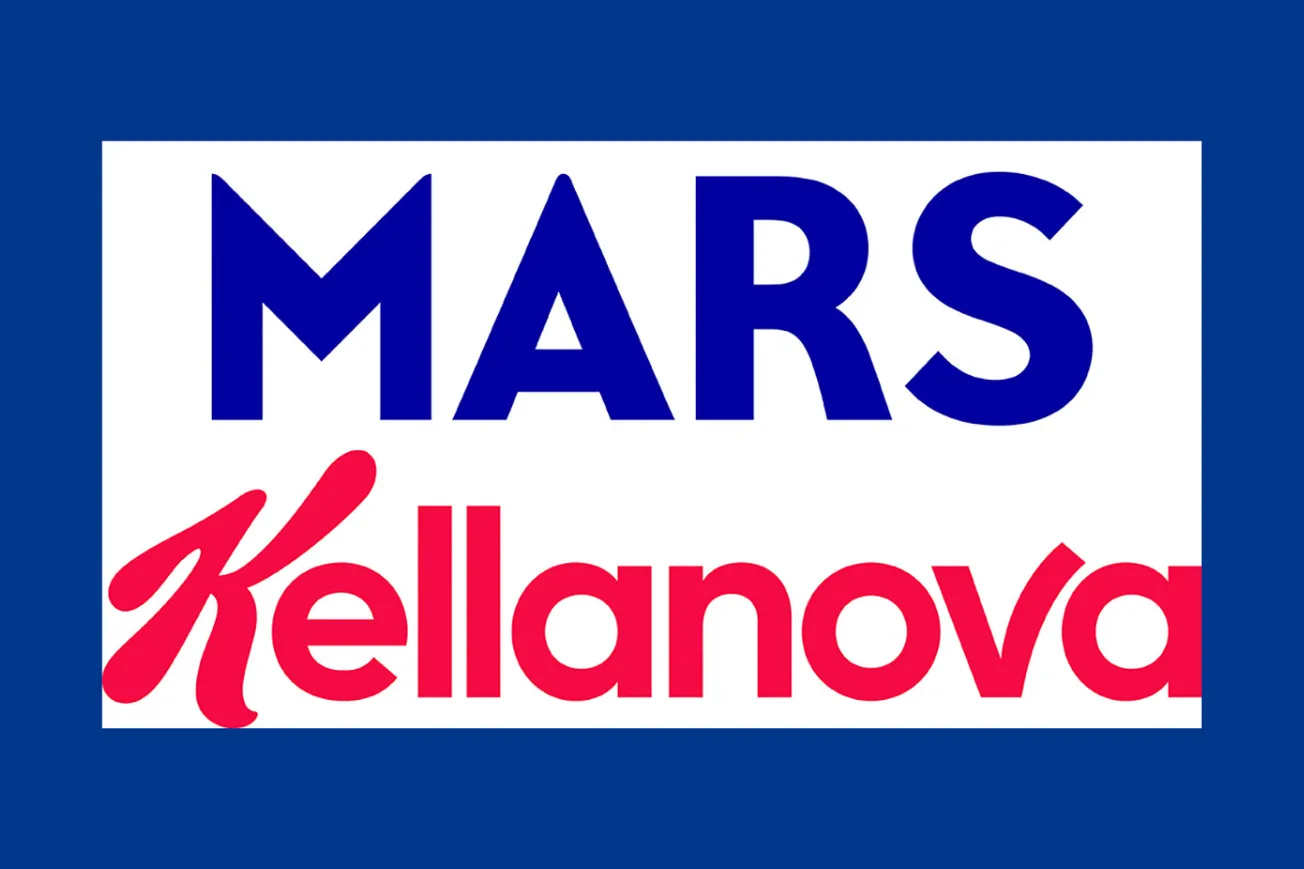
What Disparity?
When it comes to regulatory approval for prescription medications that are available worldwide, the U.S. Food and Drug Administration (FDA) often leads the way. In fact, many smaller countries that do not have the infrastructure to support such a rigorous approval process closely follow the decisions made by the FDA to regulate prescription pharmaceuticals in their own countries. While the FDA is regarded as a world leader for prescription medications, it is just the opposite for nonprescription medications. Numerous categories where products have been approved for nonprescription use outside the United States have been rejected for nonprescription use by the FDA.
Current Switch Environment in the United States
Over the past five years, a fair number of switches has been introduced to the U.S. market; however, most of these switches have occurred in categories where other drugs had already switched, and these were simply new brands or active ingredients entering the existing category. Since 2010, there have only been two first-in-class switches: Oxytrol for Women (Merck) for the treatment of overactive bladder and nasally inhaled steroids in the existing category of allergy treatment by both Sanofi’s Nasacort Allergy 24 Hour and GlaxoSmithKline’s Flonase Allergy Relief. Johnson & Johnson is expected to be the third to enter this new segment of allergy treatment in 2015 with its recently approved OTC version of AstraZeneca’s Rhinocort Allergy Spray inhaled nasal corticosteroid. Nexium OTC (Pfizer), Prevacid 24 Hour (Novartis), and Zegerid OTC (Bayer Group) are proton pump inhibitors that have joined first-in-class Prilosec OTC (Procter & Gamble) PPI, which entered the market in 2003.
To download this and other white papers, click here.






